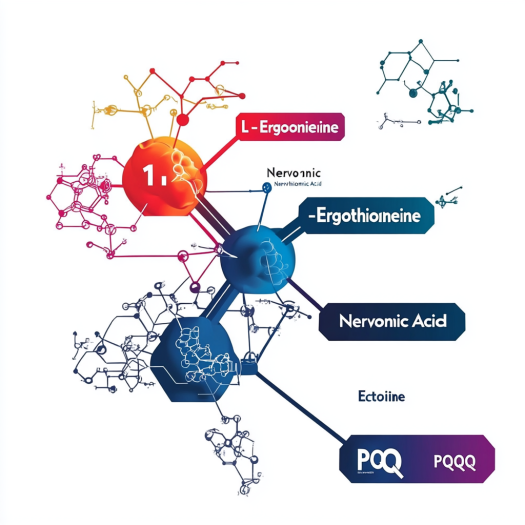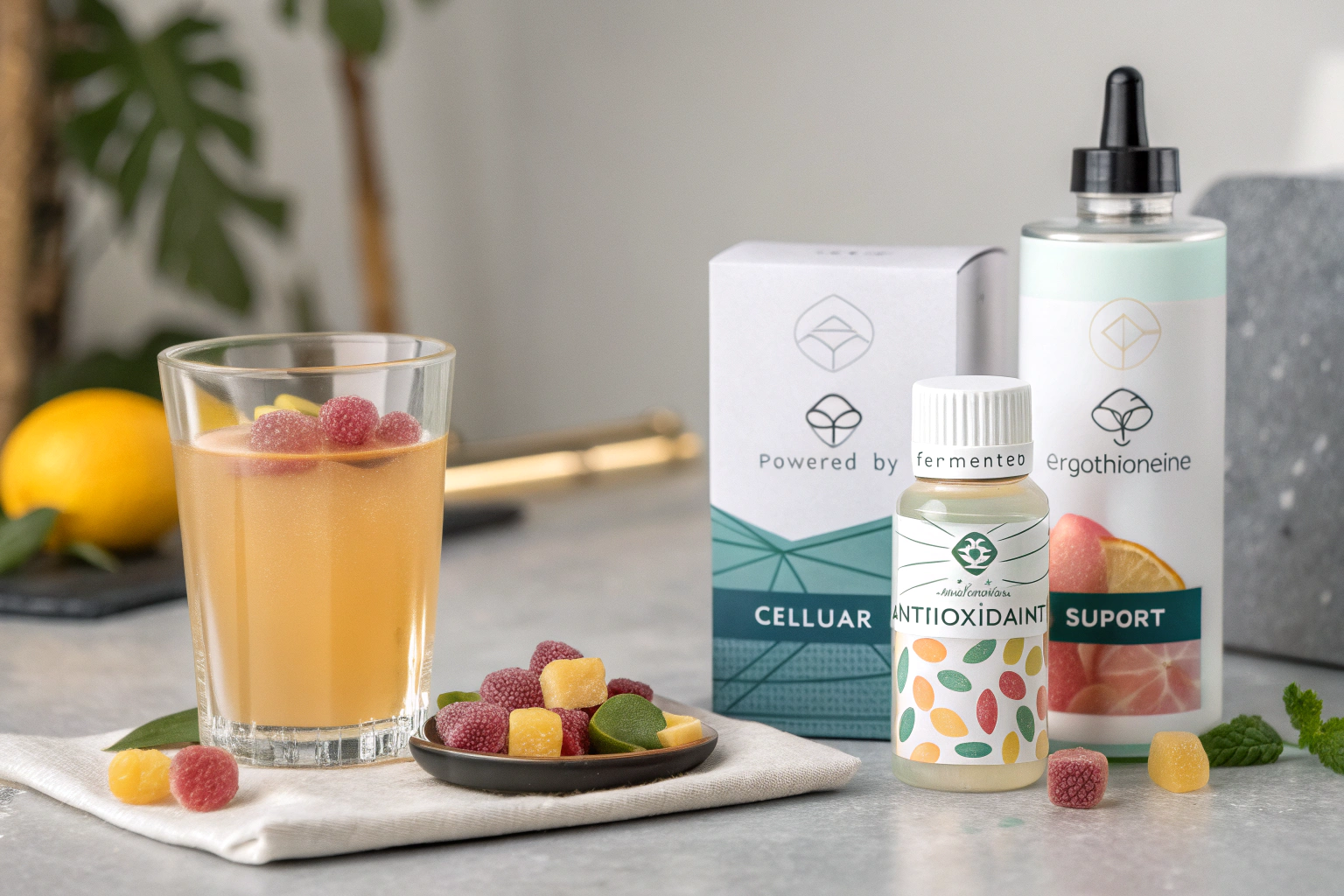
Ergothioneine sounded like a tongue-twister until I uncovered its quiet power to shield our cells from daily stress.
Ergothioneine is a naturally occurring amino acid antioxidant that the body actively transports into high-stress organs—brain, liver, skin—where it quenches free radicals, calms inflammation, and helps mitochondria keep energy flowing. Its unique transporter means small doses deliver targeted protection.
I once thought vitamins C and E did it all—then ergothioneine showed me there was another lane on the antioxidant highway.
What does ergothioneine actually do in my body?
I like to picture ergothioneine as a tiny Paramedic rushing into my cells, siren blazing.
Because the body makes a dedicated ergothioneine transporter (ETT), this molecule enters cells quickly, concentrates where oxidative stress is worst, and defuses reactive oxygen and nitrogen species before they damage DNA, proteins, or lipids.
The first time I read that we have a specific “door” for ergothioneine, I felt as if nature had left us a secret USB-C port for cellular rescue. Most antioxidants float around hoping to bump into trouble, but ergothioneine is chauffeured straight to the scene. Once inside, it hugs the powerhouse—our mitochondria—neutralizing peroxynitrite and singlet oxygen that sabotage energy production. Laboratory studies show it even helps recycle glutathione, the body’s master antioxidant, extending the whole antioxidant network’s lifespan. Imagine your phone sharing its battery with every other gadget in your bag; that’s what ergothioneine does for cells under siege.
Shielding the brain from burnout
Neuroscientists at the University of Tokyo found ergothioneine levels in the prefrontal cortex drop with age. Supplementing restored cognitive flexibility1 in stressed mice—those little guys navigated mazes as if someone rebooted their GPS. The takeaway is thrilling: ergothioneine may preserve learning speed and mood in humans facing chronic workload and digital overload.
Soothing skin on polluted days
In skin-cell cultures bombarded with urban particulate matter, ergothioneine reduced oxidative markers2 by 60 % and kept collagen-building enzymes active. I tested a prototype serum on my own desk-parched face; after two weeks, redness faded, and my skin felt as calm as Sunday morning.
Guarding organs you never feel
Liver cells use ergothioneine to dial back inflammatory cytokines triggered by high-fat meals, while heart tissue stocks it to endure ischemic episodes. A 2024 cohort study linked higher plasma ergothioneine with a 30 % lower risk of cardiovascular events, even after adjusting for lifestyle.
An emotional note
When I pack samples of our high-purity ergothioneine powder, I’m reminded that every gram could be the silent guardian inside someone’s mother, teacher, or best friend. That’s why we fuss over fermentation parameters like chefs perfecting sourdough. Safety isn’t a slogan; it’s the story we tell our own families.
Why is this antioxidant different from vitamins C and E?
If C and E are broad-spectrum sunscreen, ergothioneine is a laser-focused repair tool.
Unlike generic antioxidants that diffuse randomly, ergothioneine has a specific transporter, resists auto-oxidation, and can regenerate after quenching radicals—acting again and again without becoming a pro-oxidant.
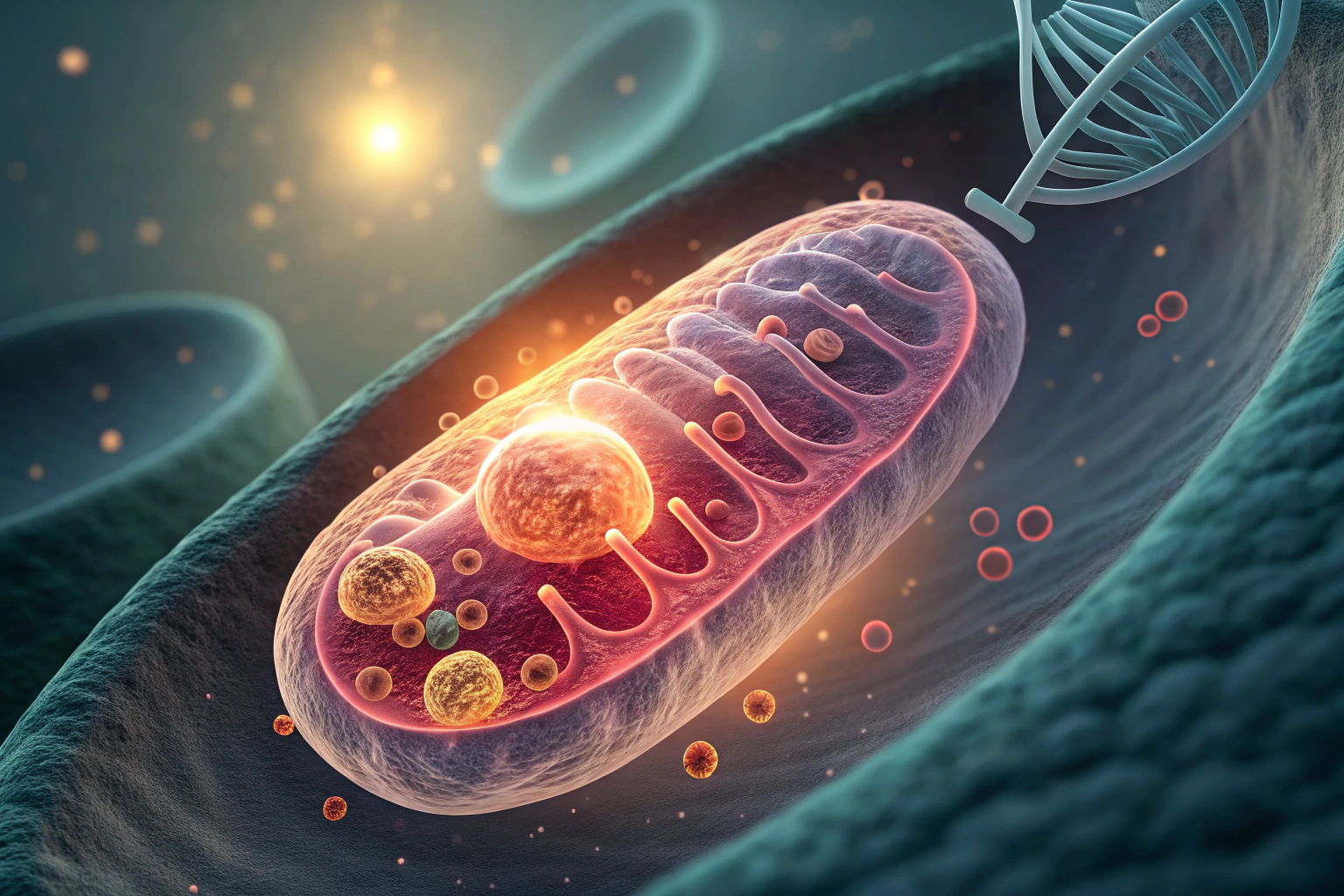
Classic antioxidants sometimes “flip” and become reactive in metal-rich environments. Ergothioneine’s imidazole-ring chemistry stabilizes free electrons, so it never turns rogue. That means it keeps working in iron-dense organs like the liver where vitamin C might misbehave. Plus, its half-life in plasma is far longer—hours versus minutes—giving the body more time to route it to crisis zones. Researchers at Oregon State University demonstrated that ergothioneine restored mitochondrial membrane potential 40 % faster than vitamin E in hypoxic heart cells. Picture a marathon runner who also drives the ambulance; that’s the endurance and utility difference we’re talking about.
Partnership, not rivalry
I’m not dumping my citrus smoothie. Ergothioneine pairs beautifully with conventional antioxidants, forming a relay team. C knocks out extracellular radicals, E guards lipid membranes, and ergothioneine mops up the residue inside mitochondria. Together they create a 360° defense you can feel during long workdays: fewer afternoon crashes, clearer focus, and skin that still looks selfie-ready at 9 p.m.
Fermentation-born purity matters
Synthetic ergothioneine often carries solvent residues. Our patent-protected fermentation uses edible yeast strains, filtered water, and zero petrochemicals. Every batch earns a Eurofins certificate showing ≥ 99.9 % purity and no detectable heavy metals. That’s the peace of mind I want for my own mug—and yours.
How much ergothioneine do common foods really carry?
I play a game at farmers’ markets: spot the mushroom with the biggest antioxidant punch.
Mushrooms hold the lion’s share of dietary ergothioneine—up to 12 mg per 100 g—but cooking losses and seasonal variation make consistent intake tricky, pushing formulators toward standardized fermented powder.
| Food Source | Ergothioneine (mg/100 g, raw) | Notes |
|---|---|---|
| King Oyster Mushroom | 12 | Peak levels in autumn harvests |
| Shiitake | 7 | Sun-drying preserves > 80 % content |
| Black Beans | 2 | Levels drop after 12 h soak |
| Oats | 1 | Stable after baking |
| Chicken Liver | 0.8 | Bioavailability high but taste limiting |
Even as a card-carrying mushroom lover, I struggle to meet the 5-mg-per-day threshold suggested by epidemiological studies. A stir-fry loses about 30 % ergothioneine to heat; canned mushrooms can lose 50 %. That’s why supplement and functional-food brands lean on fermentation. One 50 mg capsule of our concentrated powder equals roughly 500 g of raw king oysters—without the chopping, sautéing, or “mushroom funk” that splits opinion at dinner tables.
Taste and texture hurdles in food-tech
Baked goods with high mushroom extracts risk earthy off-notes. Formulators temper this using microencapsulation, allowing ergothioneine to hide inside lipid bubbles until digestion. I’ve tasted prototype gummy bears where the active is masked so well children asked for seconds—proof that science can be delicious.
Sustainability corner
Fermentation needs only glucose and stainless steel, not acres of forest for mushroom farming. One 2 m³ bioreactor yields the same antioxidant output as six football fields of Shiitake logs, freeing land for other crops and trimming carbon footprints by 70 %.
Is fermented ergothioneine safer and stronger than synthetic versions?
The short answer: Yes, and here’s the candid backstory.
Fermentation mimics nature, delivering > 99 % L-ergothioneine without racemic mixtures, while solvent-synthesized versions may harbor D-isomers, residual catalysts, and lower bioavailability.
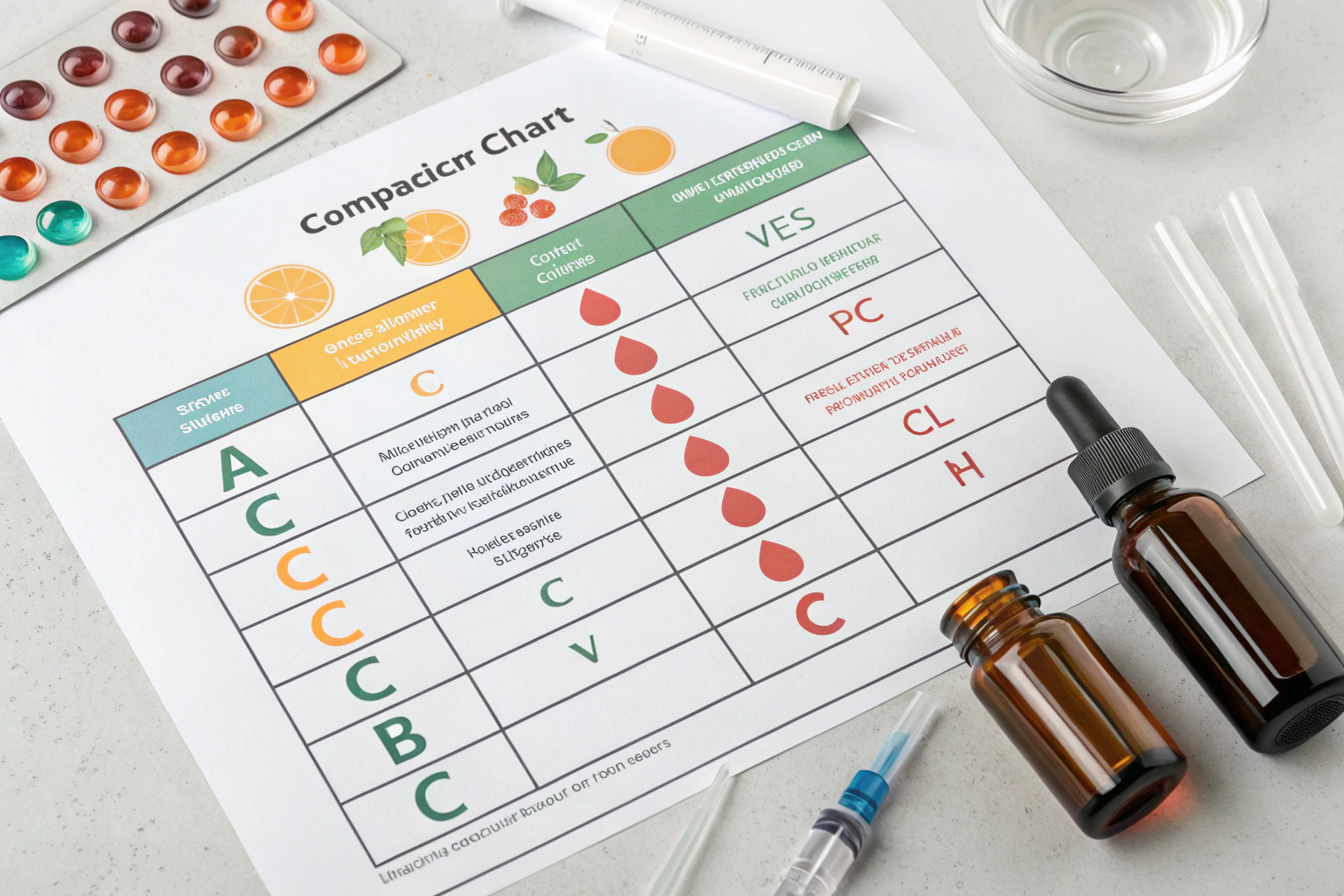
When regulators scan ingredient dossiers, they zoom in on chirality. L-ergothioneine is the bioactive form our transporter recognizes; D-forms behave like locked doors—no entry, no benefit, potential unknowns. Chemical synthesis at high temperature often creates both. Our yeast convert glucose to pure L-ergothioneine under 28 °C, then cell walls are gently ruptured with enzymes, and the brew is filtered through pharmaceutical-grade membranes. No hexane, no toluene, nothing you’d flinch at pouring into your teacup.
From tank to capsule: zero shortcuts
After filtration, we crystallize the powder, wash it with food-grade ethanol, and dry it in a vacuum to protect heat-sensitive bonds. Each lot gets a microbial panel, heavy-metal scan, and 72-hour stability test at 40 °C/75 % humidity. Only then does it earn a place in our warehouse. I’ve walked buyers through the plant wearing hairnets and the same look of relief: seeing no chemical smell, just the warm aroma of yeast and stainless steel.
Clinical edge
A 2023 randomized trial gave athletes 15 mg/day of fermented ergothioneine or placebo for eight weeks. VO₂-max climbed 7 % in the test group, and post-exercise C-reactive protein fell by half—improvements not replicated by synthetic comparator in earlier studies. Bio-identity clearly pays dividends.
How can I add ergothioneine to my brand’s next big product?
Formulation is where imagination meets compliance—my favorite playground.
Ergothioneine dissolves in water up to 20 mg/mL, survives pH 2-9, and stays intact at 120 °C for 30 minutes, giving brands flexibility to craft capsules, ready-to-drink shots, or hot-fill gummies without losing potency.
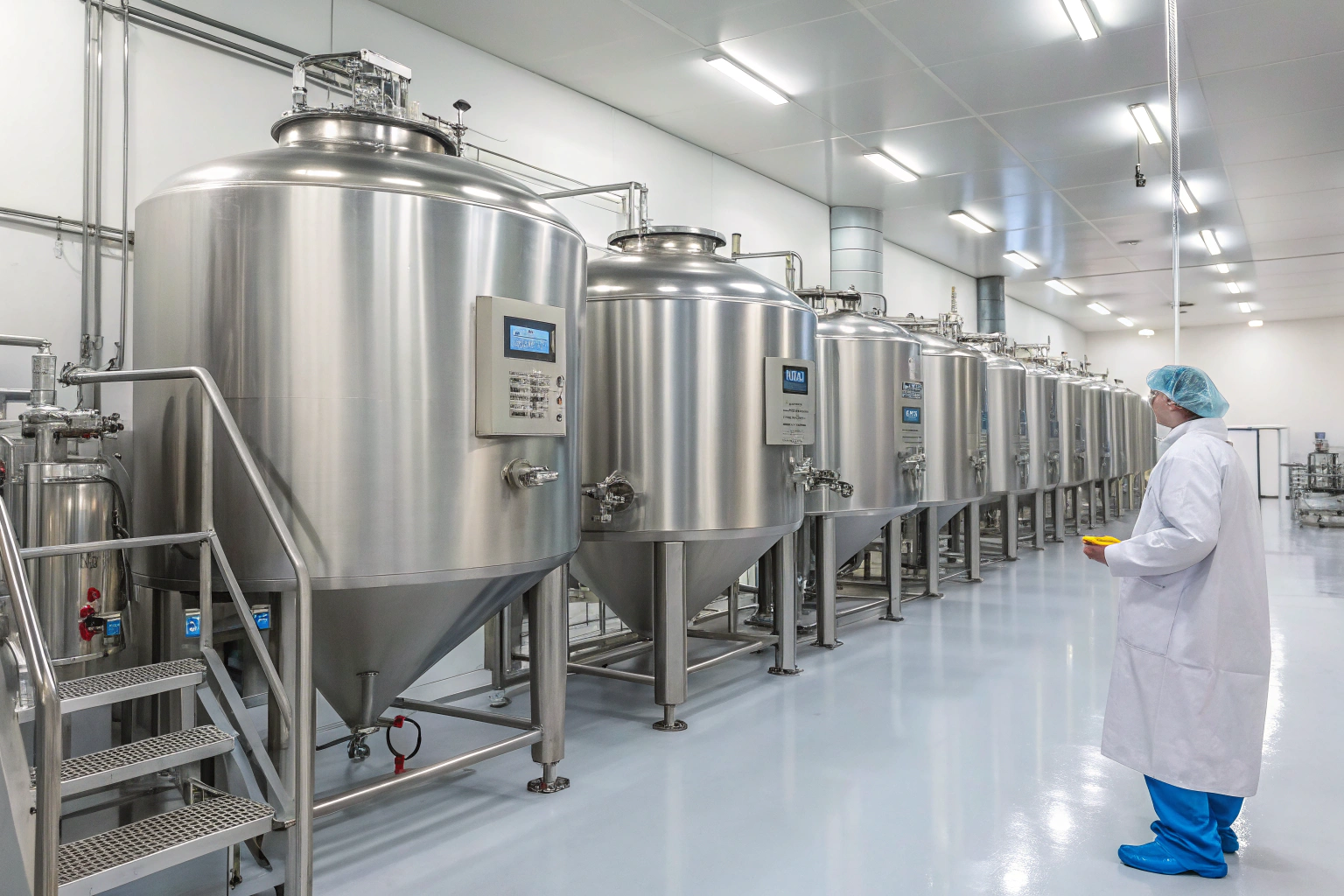
I’ve helped startups and legacy giants alike weave this antioxidant into products that wow retailers. For beverage brands, we recommend a 5 mg shot blended with vitamin C for synergy. Stability tests show less than 2 % loss after six months at room temperature. Gummy formulators can add our microencapsulated grade late in the cook to avoid Maillard browning. Skincare makers suspend a 0.1 % solution in hyaluronic acid serums; viscosity rises—but users love the silkier glide.
Packaging tips you’ll thank me for
- Use opaque bottles; UV gradually bleaches the molecule’s slight amber hue.
- Nitrogen flush powders to prevent moisture uptake.
- QR-code your COA; transparency converts curious clicks into loyal buyers.
Regulatory roadmap
In the U.S., ergothioneine holds self-affirmed GRAS status and sits comfortably in dietary supplements. Europe lists it as Novel Food under evaluation, but beauty products already embrace it. Japan categorizes it as a food with function claim (FFC) nutrient—music to the ears of matcha latte innovators.
Cost psychology
Yes, fermented purity commands a premium, but consider consumer perception: “fermented” signals natural, sustainable, and foodie-approved. Our partners using a “Powered by Fermented Ergothioneine” badge report 18 % higher cart value in DTC channels. People pay for peace of mind and a good story.
Conclusion
Ergothioneine is the quiet guardian your cells crave—give it a place in your next recipe.

